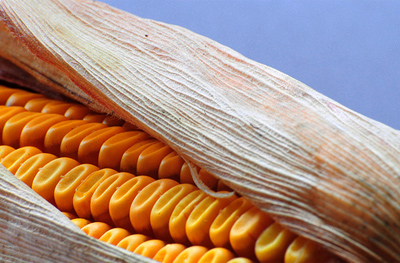
Quality of life in Lucca.
In the province of Lucca, as in the rest of Tuscany as a whole, people recognise, and have, a good quality of life both for those who invest and work in the teritory as well as those who simply whish to spend some time here in the name of culture, countryside, sea and as a means of visiting other important places in Tuscany.
The province of Lucca occupied 31st position in the national table for quality of life, taking into account indicators such as the way of life, work and business, services and the environment, the population and leisure time.
The families of Lucca have an average disposable income, taken as the sum of the active resources which each family sets aside for the acquisition of goods and servis and for saving, which puts them under the regional average (6th place among the provinces of Tuscany), even if close to the national average, which is strongly penalised by the income of the families from the South of Italy.
Compared with this the average assets of the families of Lucca i.e. the total of real assets (houses, land) and financial assets (financial and property investments), is in second place in the regional classification behind Siena. 63% of these assets are represented by property and 37% by investments and other financial assets.
The overview of the affluence of our province sees a quite low level of income but with quite high values of assets.
This aspect of the assets is probably explained by the historic propensity of lucca families to save manoey and to invest in property, while the income aspect is ascribable, at least in part, to the lack in the province of large employment structures with medium -high wages.




